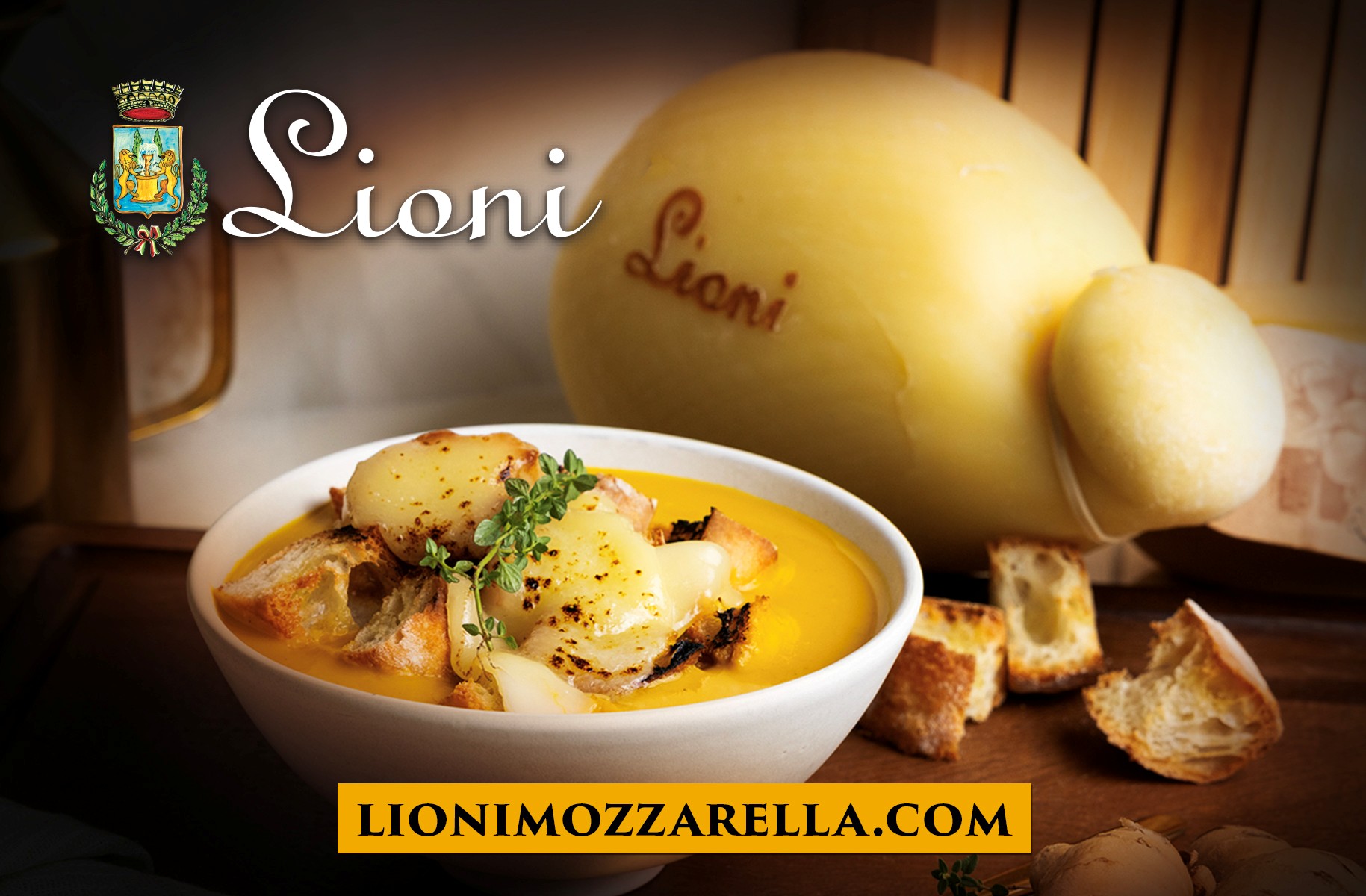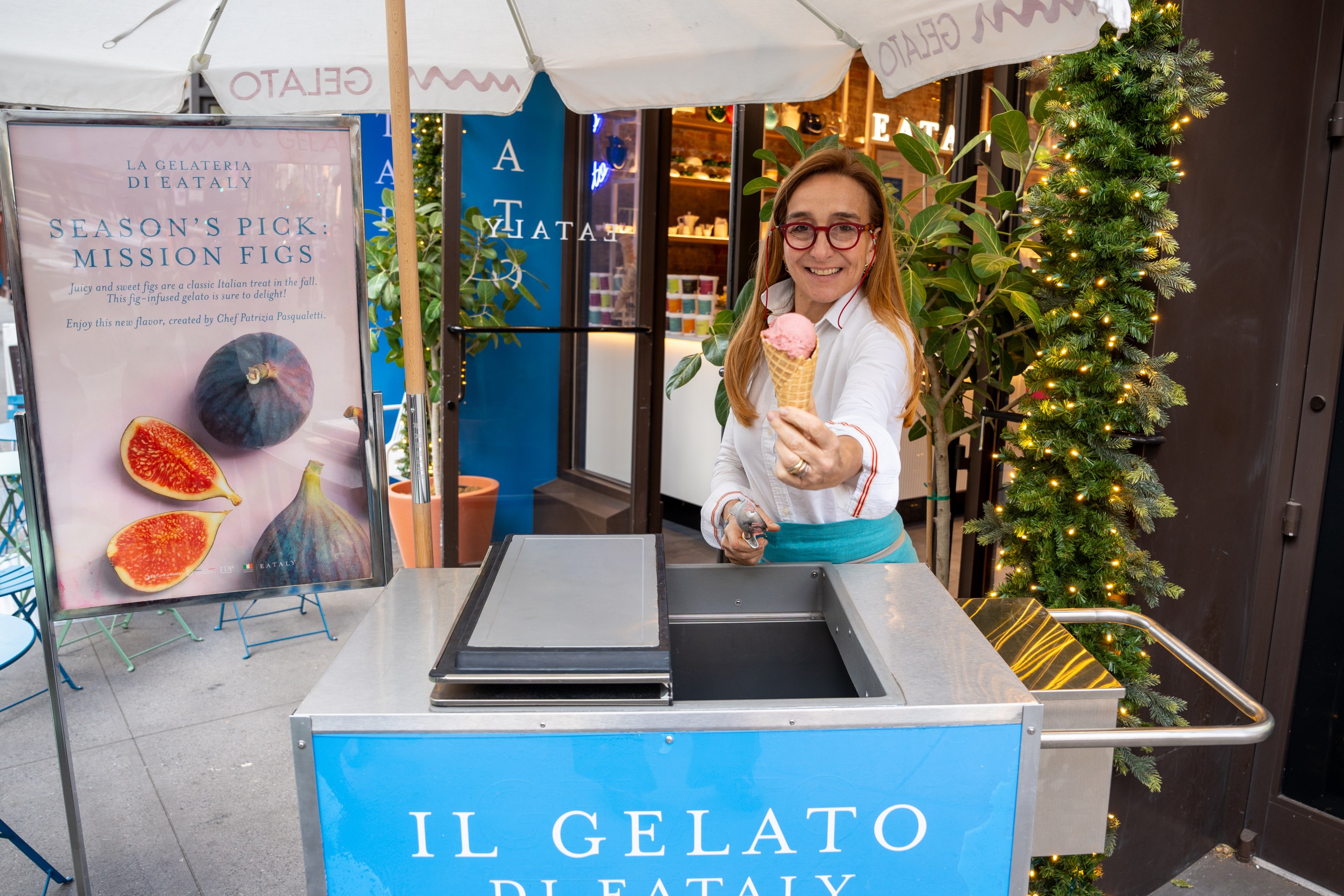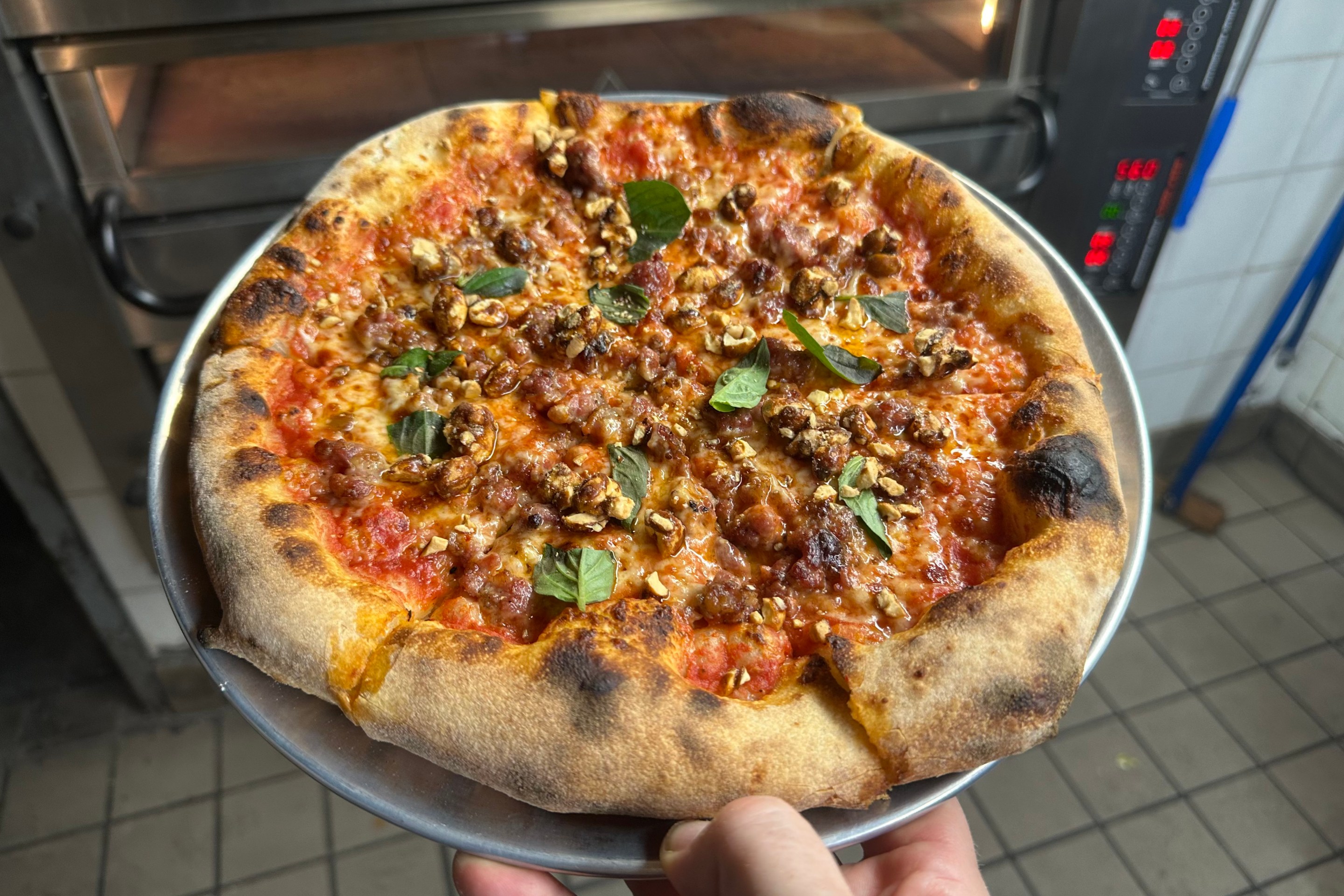The parents of my parents immigrated, respectively, from Piedmont and Sicily. But I’m a Toscano at heart, as my first glance at Florence changed my life and inspired my writing career. It was in the hills south of Florence in the Tuscan countryside where I wrote my first novel and set two others. Even my cologne (and alter ego) is “Tuscan Tobacco.” I’ve traveled extensively around the region and its neighbors, mostly chasing food & wine. I thought I’d pretty much tasted it all, but upon a recent wine tour under the banner of “Taste the Difference: Quality Wines from the Heart of Europe” (a program co-funded by the European Union), I discovered three boutique winemakers in central Italy that were a revelation, not only because of the wines but also the winemakers themselves.
First stop, Umbria and the wines of Madrevite. I’ve had some of these wines before, at a dinner in New York with the owner, Nicola Chiucchirulotto, promoting this charming book about him and his family winery in the hills above the banks of Lake Trasimeno near the Tuscan border. Nicola and I had hit it off that night, as dueling extroverts and wine enthusiasts, and I was eager to spend more time with him and to experience even more of his wines.
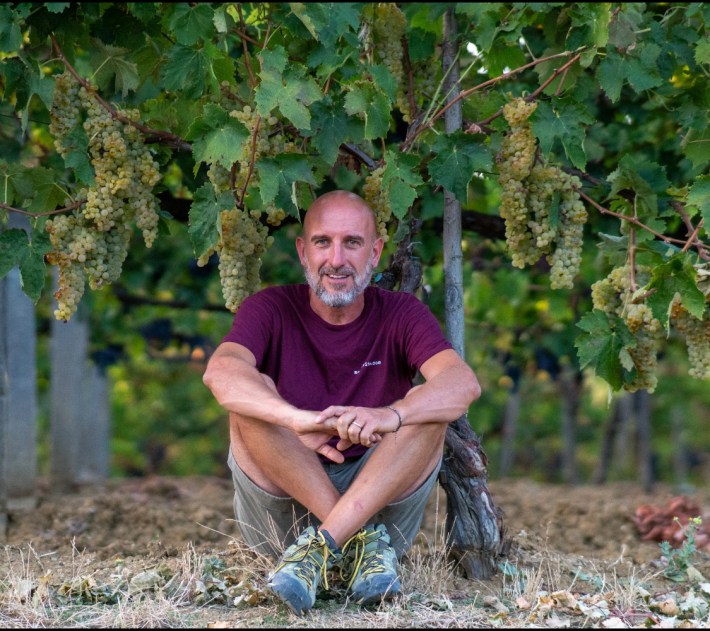
On his home turf, Nicola is at his most charismatic, his shaved head and bearded face complimented by piercing blue eyes that radiate with passion for his land and products. He could go on and on. And he does...I’m happy to listen while sipping exquisite wines produced on the land originally planted by his grandfather in 1978 and revitalized by Nicola in 2003.
The main red grape varieties cultivated at Madrevite are Gamay del Trasimeno, Sangiovese, Montepulciano and Syrah; the whites are Trebbiano Spoletino and Grechetto. The ten varietals have artsy labels and cheeky names, such “Reminore” (minor king) and “Che Syrah Sarà.” The signature wine of the estate is “Opra” made from Gamay del Trasimeno. It’s bright, fruit forward with some spice and a silky balance. This wine is so drinkable and food friendly, I dare claim it makes me want to “Gamay All Day.” That said, Madrevite also makes a Rose from the same grapes that also falls into the “All Day” category. You see why I like hanging out with this guy?
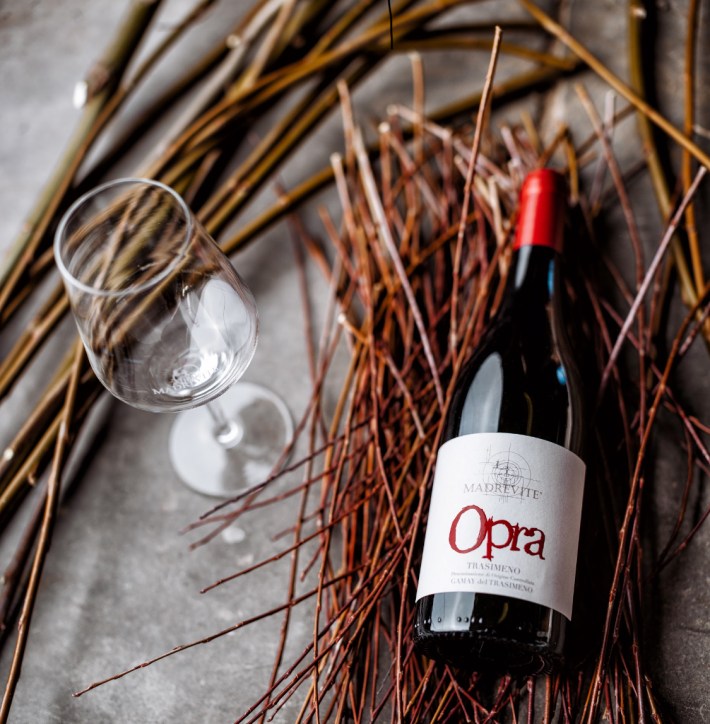
Another unique character and winemaker encountered on the trip through central Italy was James Marshall Lockyer of Tenuta Licinia. A baby-faced Brit, long and lanky with floppy blond hair, this young man seems, in conversation, determined to hide that fact that he is the smartest guy in every room he enters. Nice try, kid. I mean, he did come to Licinia, the property founded by this grandfather, two years ago, after leaving the philosophy department at Oxford University where his research focused on the foundations of ethics and the nature of value. Ok. And that type of deep, research-based thinking drives James’ fascination with subsoils.

His efforts at Licinia, on the slopes of the Tuscan Apennines, near the municipality of Lucignano, are according to their press kit, “focused around the nature of subsoil/vine interaction and particularly on classifying and understanding the quality of different kind of subsoils.” I don’t know what that means, but I do know that the wines are made in a Burgundian way, using many noble grapes from France (Cabernet Sauvignon, Cabernet Franc, Petit Verdot, Merlot) that are noted for their aromatic and mineral qualities after their territorial wine-making approach. Tenuta Licinia recently released their first wine using 100% Sangiovese (how Tuscan of them). All the wines have a powerful pedigree but are accessible due to limited aging in oak. They are especially drinkable on the gorgeous property of Tenuta Licinia in the company of James as he is as affable as he is brilliant. He also has two adorable pups who follow him everywhere.
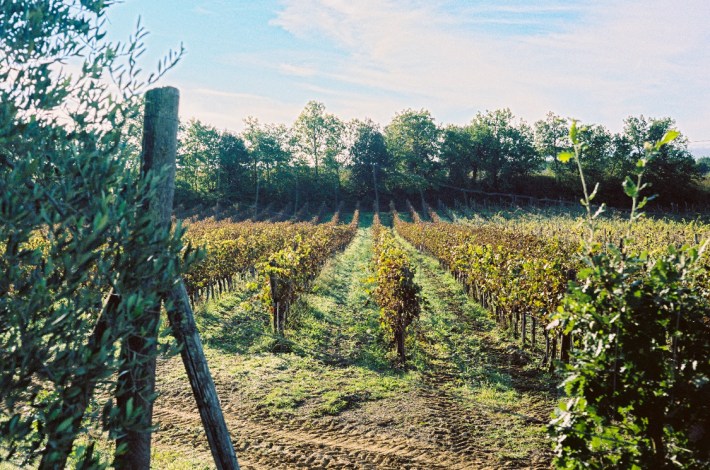
The dapper brothers Rametta, Aldo and Paolo, are also accomplished outside the world of wine. Born in New Orleans and raised between Switzerland and Italy, the two were successful entrepreneurs in renewable energy before returning to their origin region to make wine in the picturesque hills of Romagna.
They began in 2016 with Poggio della Dogana followed by the acquisition of Ronchi di Castelluccio in 2020. The Romagna part of Emilia-Romagna borders Tuscany, separated by the northern Apennines. The topography on the Romagna side resembles Tuscany with his high elevation and rolling hills. The terroir is diverse of soil and microclimate, though the Sangiovese grape thrives throughout.
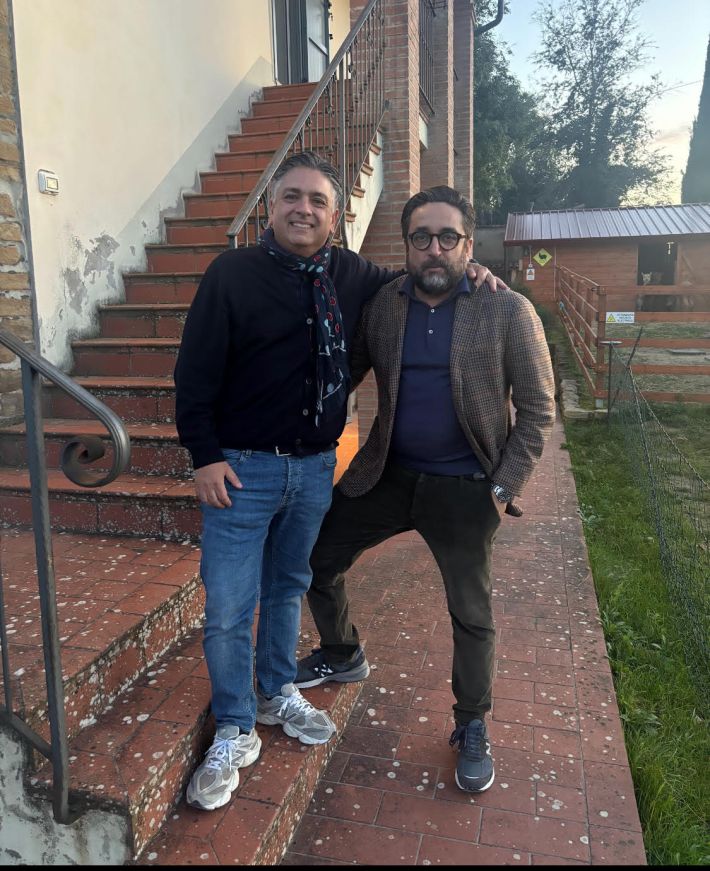
At Ronchi di Castelluccio, three variations of Sangiovese di Romagna are made as well as one Sauvignon Blanc, each a “Ronco” with distinct surnames based on the parcel of land from where the grapes are grown. The three reds are differentiated by aging and the select use of steel and wood. All three are refined, velvety and balanced. There're also alpacas on the estate, and I have no idea as to why...
At Poggio della Dogana, steep vineyards surround an elegant, renovated farmhouse. Four Romagna Sangiovese wines are produced: “I Quattro Bastioni,” the two crus “Santa Reparata” and “Arlesiana,” and the “Riserva Poggiogirato.” The range of white wines include: “Belladama Romagna Albana DOCG dry,” “Nubivago Romagna Trebbiano DOC,” “Vindice Metodo Classico Pas Dosé” (from Sangiovese grapes), and “Dulcinea,” a white wine from overripe Albana grapes. The selection also includes, “Beldemonio,” a red Vermouth made from Sangiovese grapes.

Over the course of two days with the Rametta family and staff (who are also family), we enjoyed tours of each respective estate, generous tastings, and long, wine-soaked meals of in-house cuisine. The latter meal followed a pasta making class under the tutelage of former Masterchef Italy winner, Erica Liverani.
Overall, four nights in central Italy with three remarkable wine producers was enough to convince this so-called expert that there were many more gems to discover and many more friends to make. Still not sure about the alpacas, though...

